This Innovative Connecticut Home Rotates at the Push of a Button
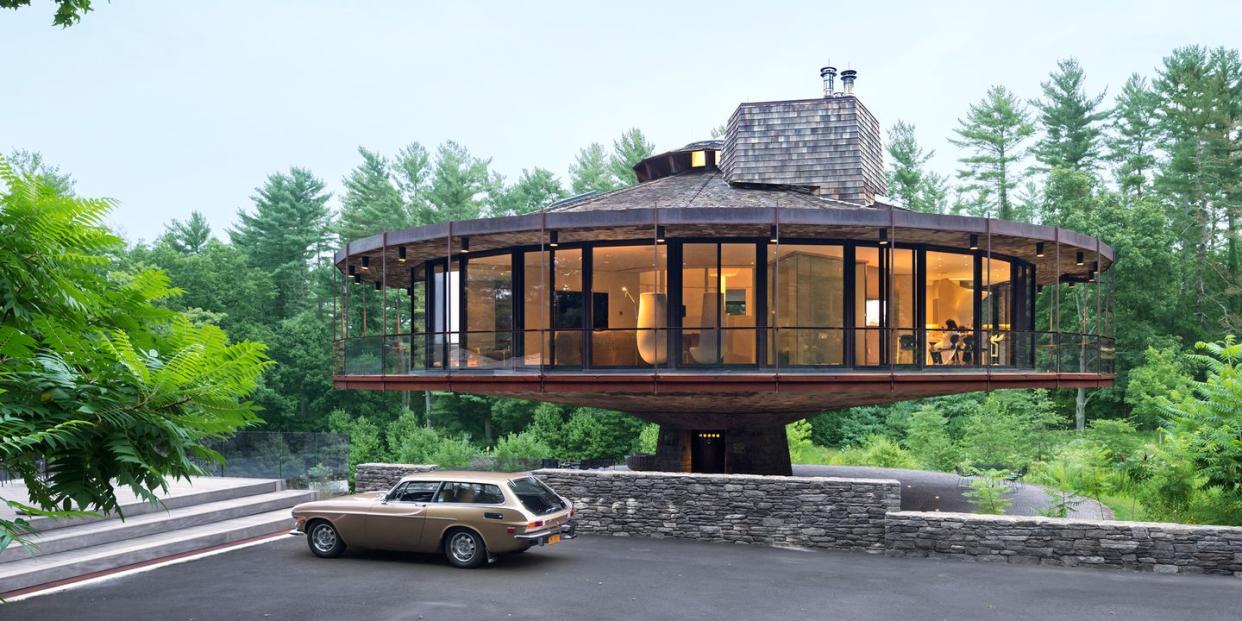
"Let me turn the house on for you,” says Rea David. With the flip of a switch, she set in motion her circular home, 72 feet in diameter and poised midair on a pedestal like a giant mushroom in the surrounding Connecticut landscape. The gentle revolution of the Round House, as it is called, hums like a boat on calm water and provides subtly shifting views of nature through its 360-degree glass perimeter wall. At its fastest speed, the house takes 45 minutes to complete a full circle, either clockwise or counterclockwise.
“When it snows, you have a different light in here, and it feels very magical,” says David, who uses the Round House throughout the year as a weekend home with her husband, Judd Tully, an art critic and journalist.
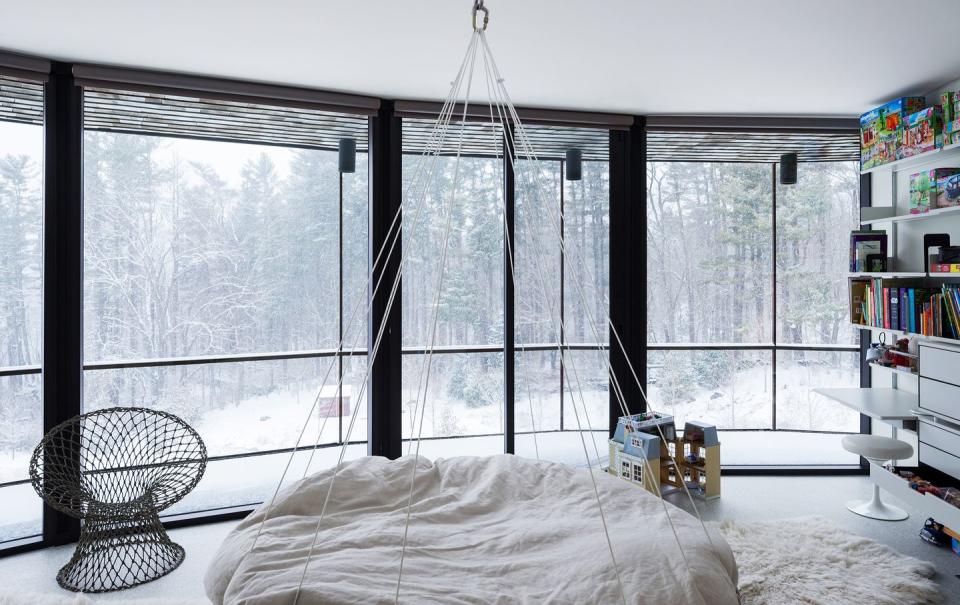
The space-age structure was conceived by the architect Richard Foster as his primary home. Foster, a student of Philip Johnson, had collaborated with his mentor on the design of Johnson’s Glass House in New Canaan. Foster went on to start his own firm in 1962; he built the Round House in the town of Wilton six years later and lived there with his family until his death in 2002.
While the Round House was not the first construction to revolve, it is distinctive for its streamlined profile and near-invisible operations—with the same mechanism used to rotate guns on warships and just a small motor. Motivated to build it by environmental concerns, Foster envisioned a house supported by a circular stem only 15 feet in diameter. “It achieves the intended purpose of allowing the landscape to flow gently under and around the house with a minimal disturbance of nature,” he said. “The land was a grazing meadow before we built, and that is the way it is today.”
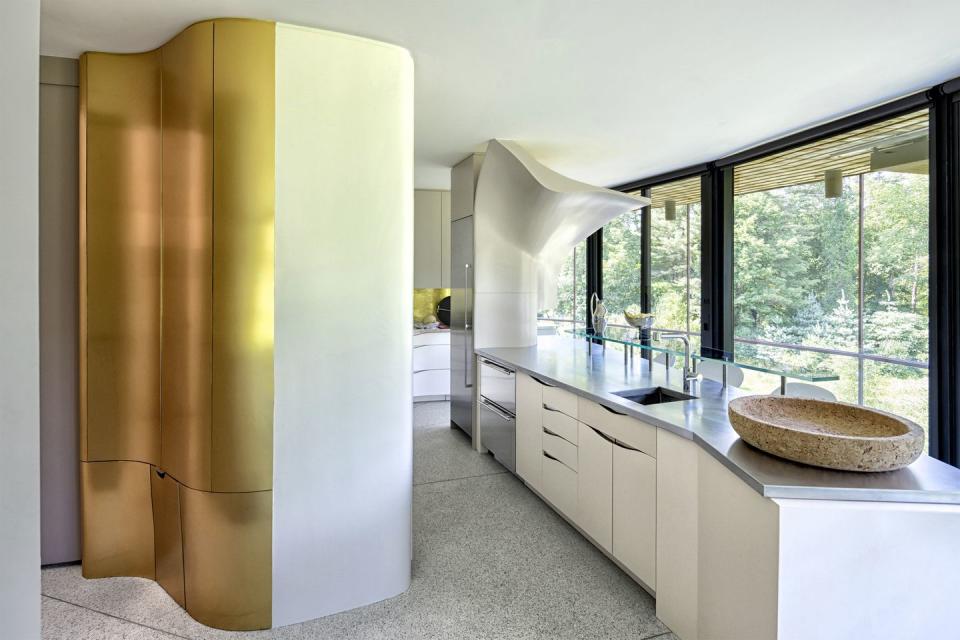
David first saw the house accidentally in a Yahoo pop-up ad. Not in the market for a home, she was just interested in getting a look at the spectacle. “But then I came to see it,” she says, “and thought, This isn’t a gimmick, this is a really amazing thing.” She and Tully purchased the home in 2010 for $1.45 million from an interim owner who had rented it out and allowed it to become quite dilapidated.
In 2012, they hired Atlanta-based architects Mack Scogin and Merrill Elam to restore the exterior, upgrade the infrastructure, and improve the flow of the interior spaces. “It was a truly collaborative effort,” says David, a graduate of the Parsons School of Design.
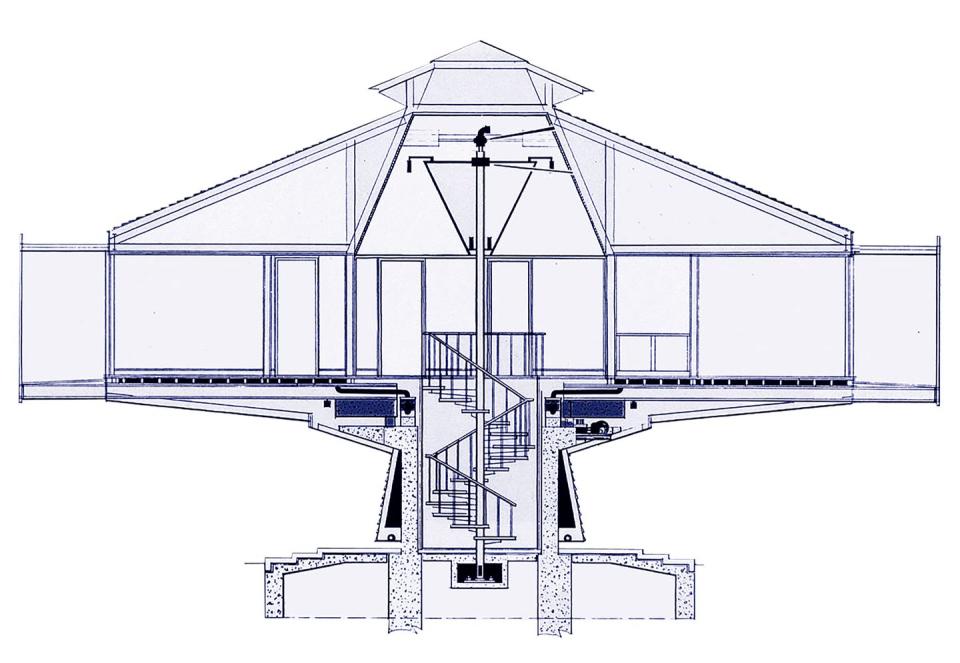
The architects replaced several of Foster’s original dark walls, which radiated from the central core, with sliding doors and separations in materials such as translucent glass and polished stone. They also introduced free-form dividers that seem to echo the rotation of the house itself. Working closely with David, they selected a lighter palette, swapping brown floor tiles for terrazzo and picking reflective finishes with sheen. “The whole house became a light catcher,” Elam says.
The process has stretched on for years, with one project bleeding into the next. An exterior flagpole is now a grocery hoist, and a new jewel-box spa occupies the site of the former garage. “I’m starting to think of the house as an art piece,” David says.
She has hunted down furnishings that complement the home, including two tall Tulip chairs by Marcel Wanders and a round bed that dangles from the ceiling. She has also collaborated with the landscape architect Darrel Morrison on the four-acre grounds, which are planted with native vegetation, including wildflowers and tall grasses. She has created a website (roundhousewilton.com) documenting the history and evolution of the house and its landscape for architectural historians and ecologists.
It’s become common for David and her husband to joke: “Honey, can you park the house?” In fact, when they return to their life in Manhattan, they half expect their apartment to start rotating. After occupying the Round House, they no longer assume that “a home is a fixed structure with straight walls,” she says. “It’s very freeing to live in a house that turns.”
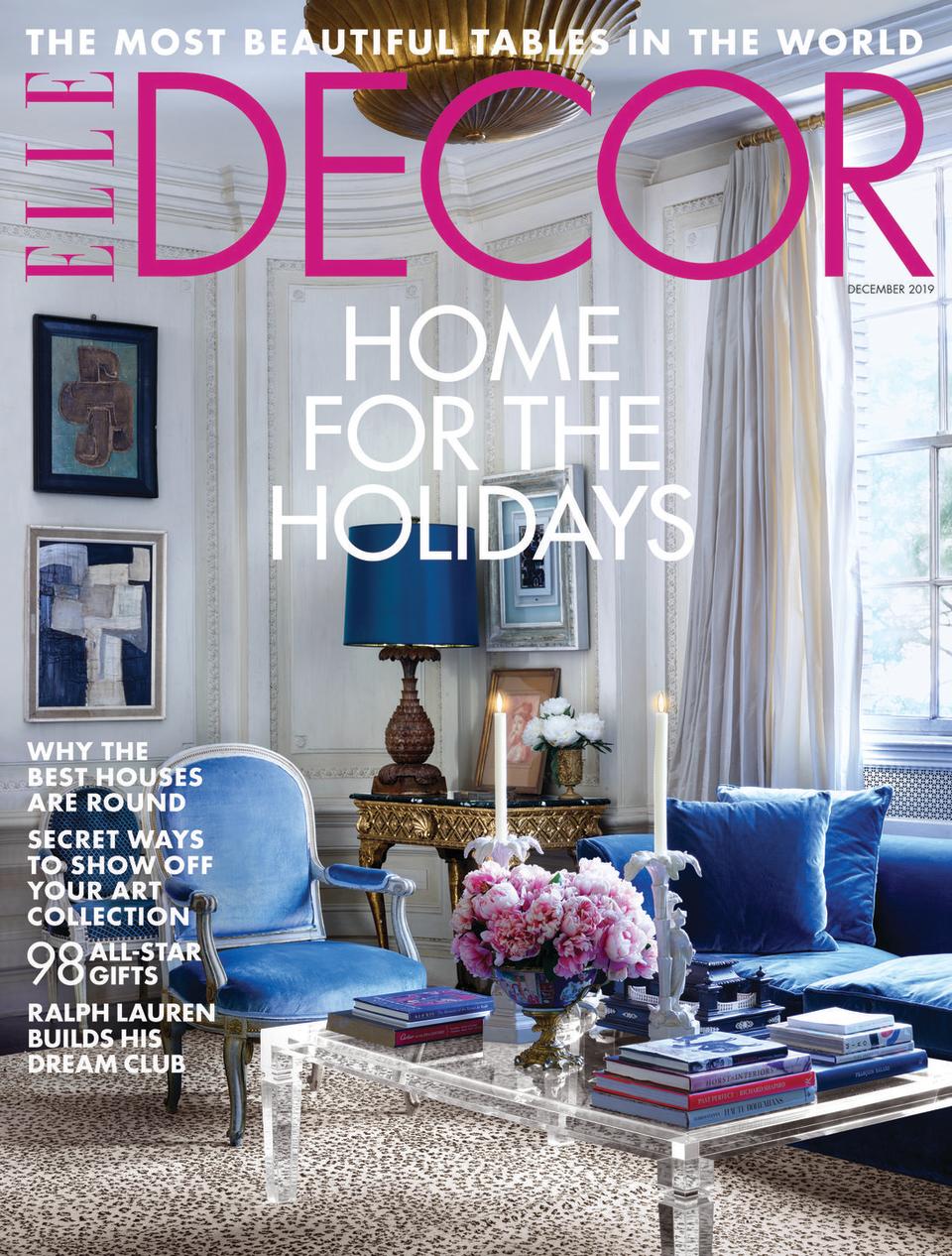
This story originally appeared in the December 2019 issue of ELLE Decor. SUBSCRIBE
You Might Also Like

